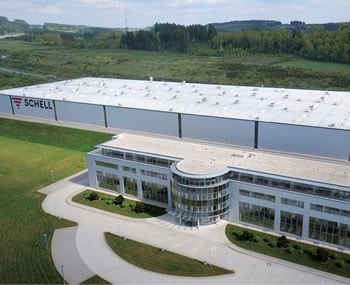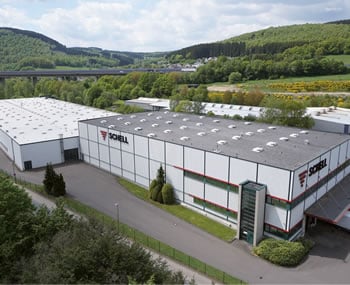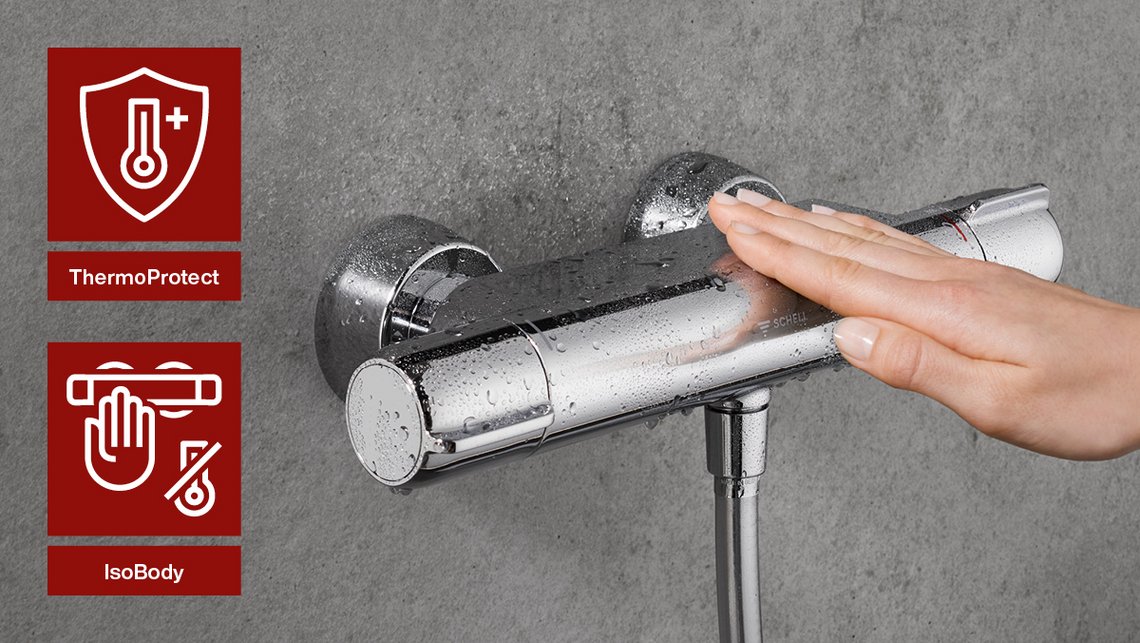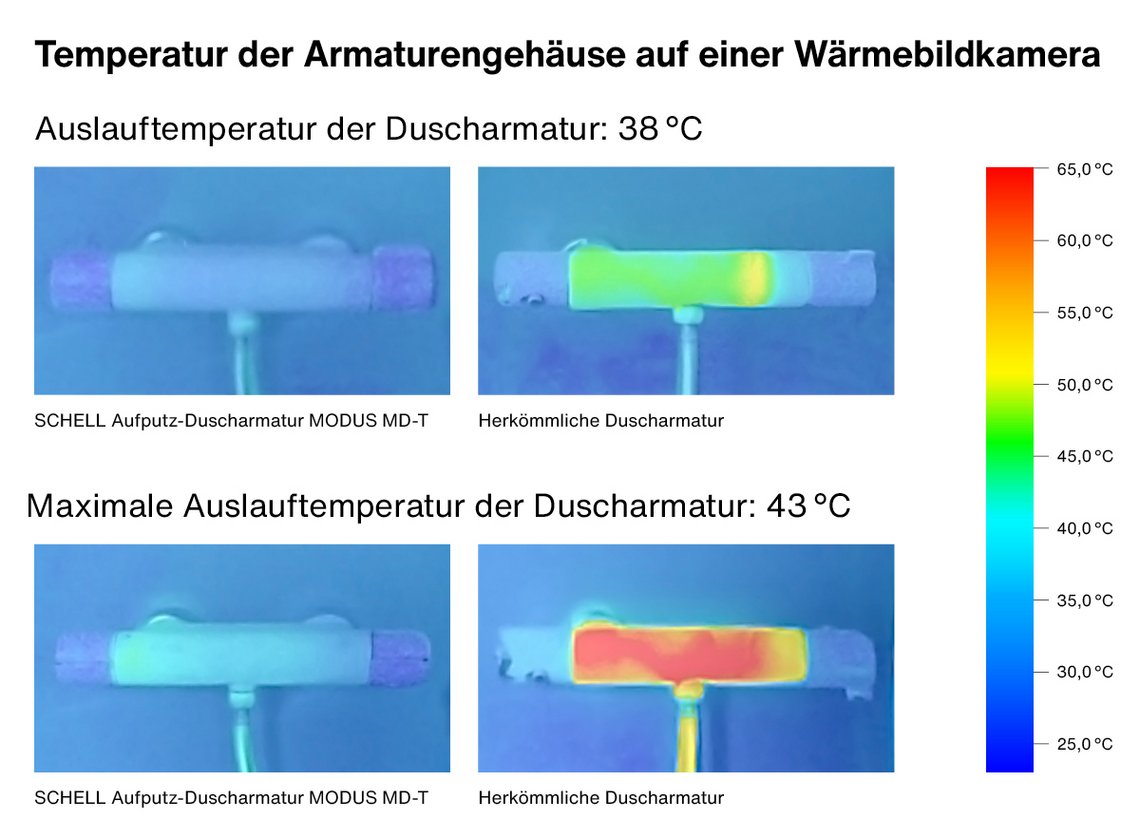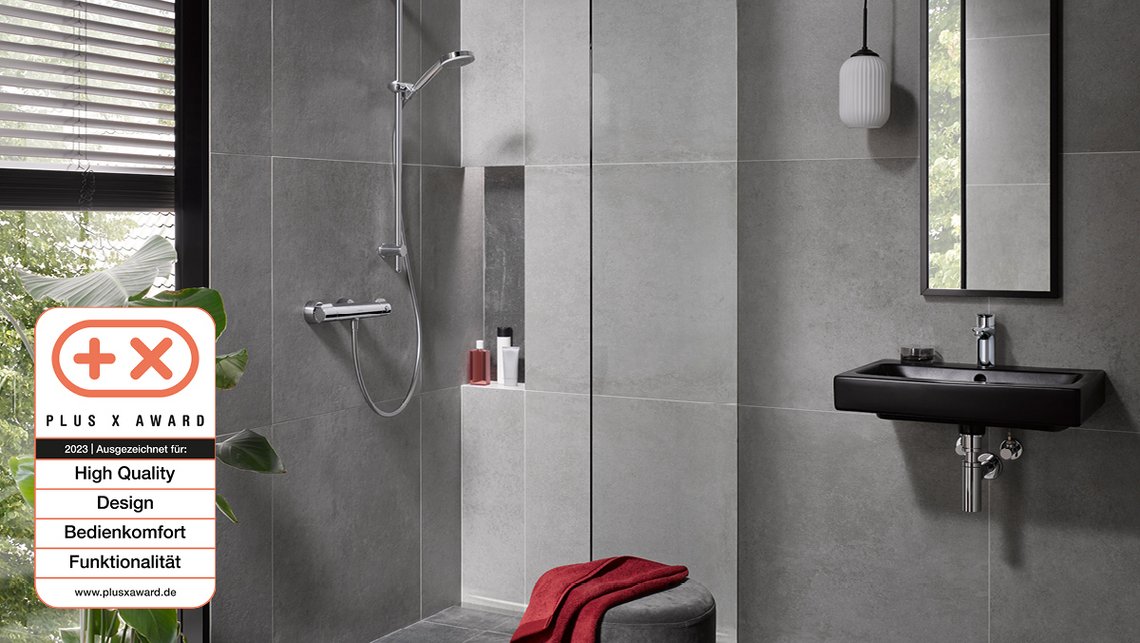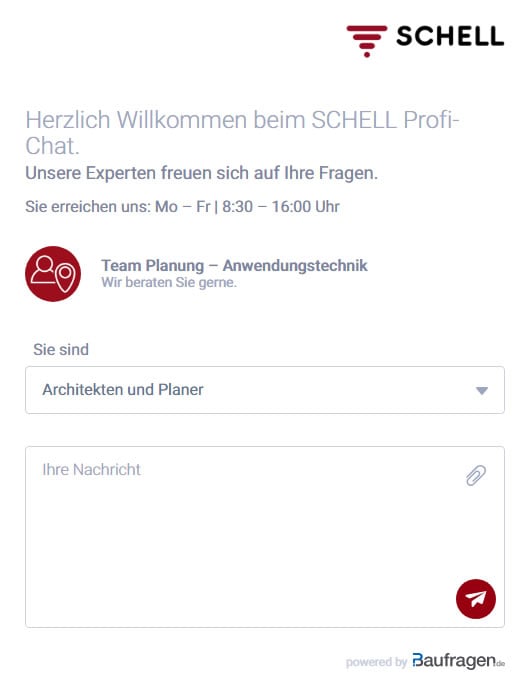MODUS MD-T with IsoBody technology for anti-scalding protection – a thermal imaging comparison
The number of people in need of care is rising steadily in Germany. According to the German Federal Statistical Office (Destatis), this number will increase by 37 percent by 2055 simply as a result of an aging population. To meet this challenge for patients and nursing staff alike, operators of facilities for senior citizens can take preventive measures. For example, the German Association for Hospital Hygiene (DGKH) recommends anti-scalding protection in facilities used for direct patient care where there is an increased risk of scalding for patients or residents. Precautions taken to avoid injury as a result of contact with hot water or high surface temperatures on fittings can help to protect vulnerable groups of people.
In showers, shielding users against excessively temperatures from the fitting surface or water is especially important. This is because scald or burn injuries to skin are not the only risk here: another hazard results from startled users trying to avoid such injuries and slipping on wet flooring, which can cause serious consequential injuries. This is where SCHELL can provide reliable protection in the form of the MODUS MD-T, with its ThermoProtect cartridge and the thermally isolated housing featuring IsoBody technology.
Thermal imaging comparison: temperature development in SCHELL MODUS MD-T housing with conventional shower fitting
The effect of the thermally isolated IsoBody housing on the shower thermostat is clear to see in a thermal imaging comparison. This comparison utilises a thermal imaging camera, which precisely detects and visualises the temperature distribution across a surface. This comparison uses a conventional modern shower fitting as a reference model. The direct comparison shows that the SCHELL MODUS MD-T offers protection against potential burns – thanks to IsoBody, the fitting housing stays at ambient temperature. Human skin or tissue cells can be damaged by exposure to temperatures as low as 45 °C.
Scenario 1: Fitting draw-off temperature: 38 °C
For the first comparison using the thermal imaging camera, a draw-off temperature of 38 °C was chosen. Here, it can be clearly seen that the housing on the SCHELL shower fitting easily maintains a low temperature. The housing on the SCHELL MODUS MD-T exposed shower fitting is effectively at ambient temperature. In comparison, the housing on the conventional shower fitting selected as a reference model shows signs of heating up – as can be clearly seen by the green-yellow colouration. This means the housing is already at a temperature of around 50 °C, with a correspondingly significant risk of burn injuries to shower users.
Scenario 2: Fitting draw-off temperature: 43 °C
Even at a maximum draw-off temperature of 43 °C, the housing on the SCHELL MODUS MD-T exposed shower fitting is still essentially at ambient temperature. As can clearly be seen, however, the housing on the conventional shower fitting is now very hot. The housing is now at a temperature of between 60 and 65 °C. In the event of contact, there would be a high risk of painful interaction and significant burn injuries.
Winner of the PLUS X Award – award-winning accessibility
The features offered by the MODUS MD-T are not just impressive in a thermal imaging comparison. As a member of the MODUS series product portfolio, this exposed shower fitting is also a great choice for accessible sanitary facilities in hospitals, nursery schools or care facilities. Award-winning features from MODUS MD-T: together with the MODUS single-lever mixer, the fitting won the international PLUS X Award in no less than four of seven possible categories: High Quality, Design, User Comfort and Functionality.
Summary
Planners and operators of hospitals, care facilities and communal healthcare facilities face major challenges to protect high-risk groups of users from potential scald or burn injuries. Among other measures to be taken to protect patients and residents, the DGKH recommends installing anti-scalding protection in facilities used for direct patient care. In shower cubicles, ensuring protection for vulnerable groups of users is especially important – not only scalds and burns must be avoided here but also the injuries resulting from attempts to avoid such dangers.
The thermal imaging comparison of the two fitting housings impressively demonstrates the benefit offered by a thermally isolated housing compared with a non-isolated housing. Thanks to its innovative IsoBody technology, the housing on the MODUS MD-T shower fitting stays at ambient temperature and so helps to minimise the risk of burn injuries while showering. Thanks to its ThermoProtect technology, the fitting also offers reliable anti-scalding protection – even in the event of pressure fluctuations in the system or a failure of the cold water line.

![[Translate to English:] [Translate to English:]](/fileadmin/_processed_/1/b/csm_symstemloesungen_e2_thumb_6bca267f26.jpg)
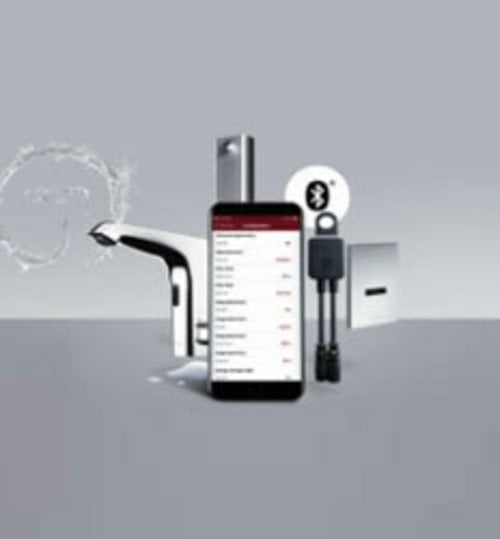
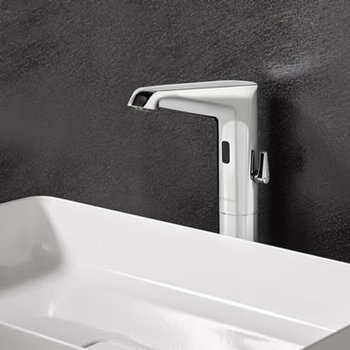
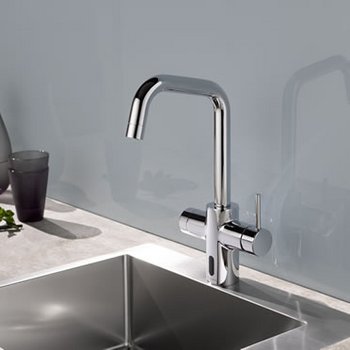
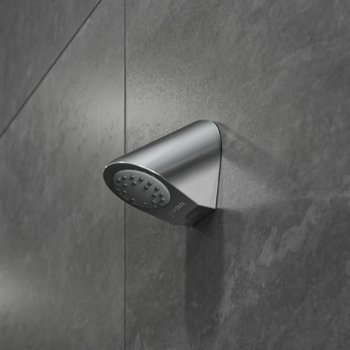
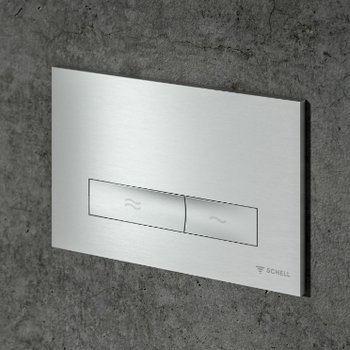
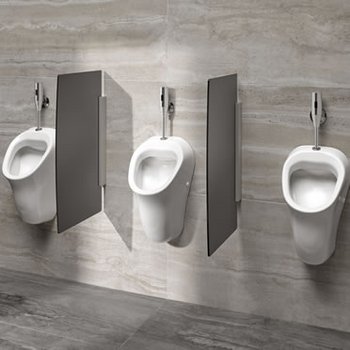
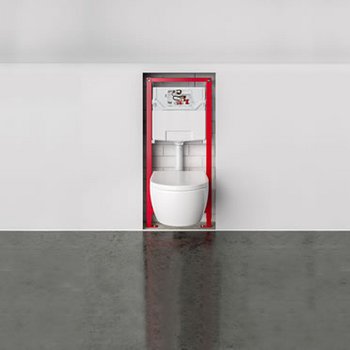
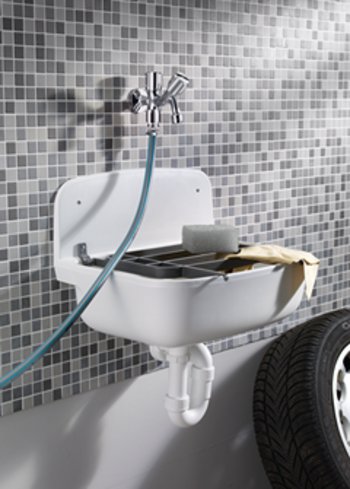
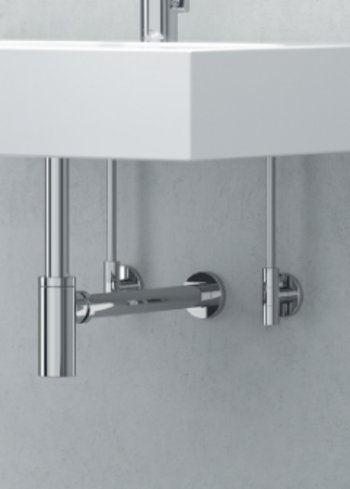
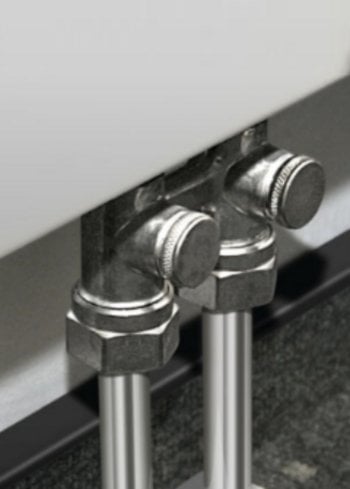
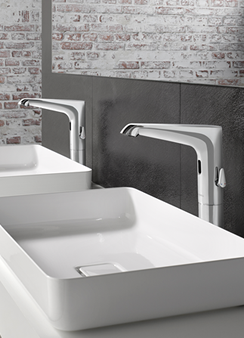
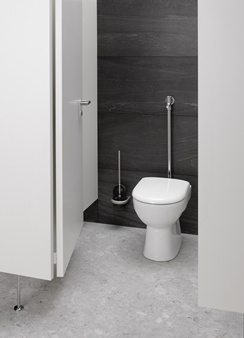
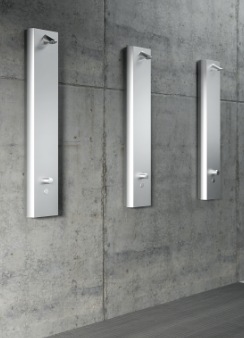

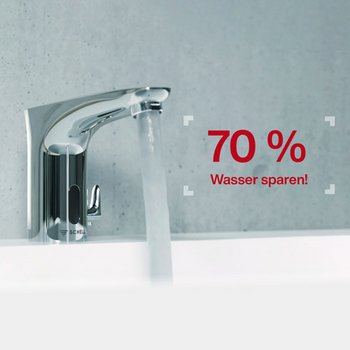
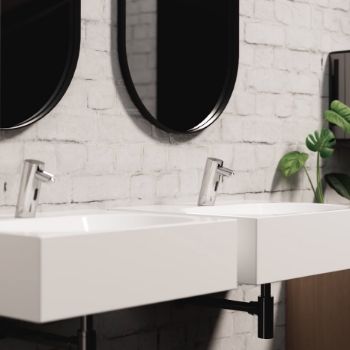

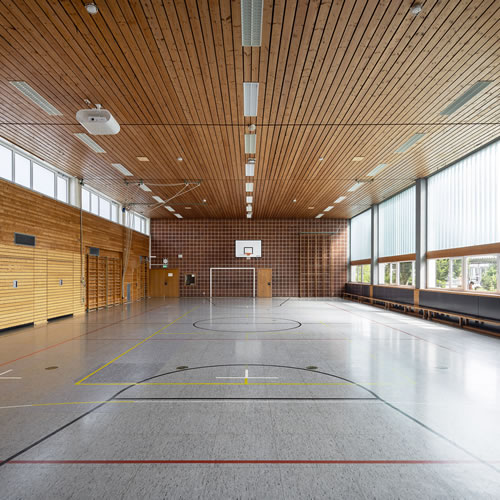
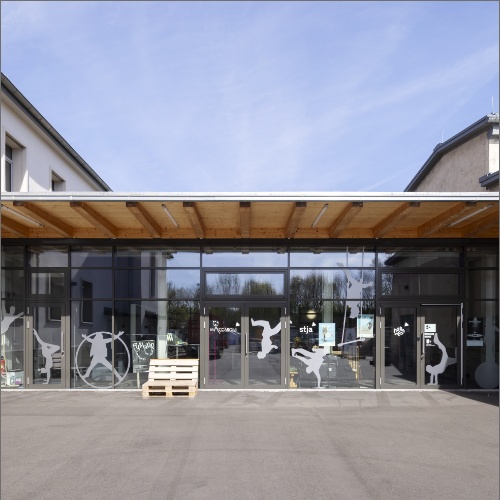
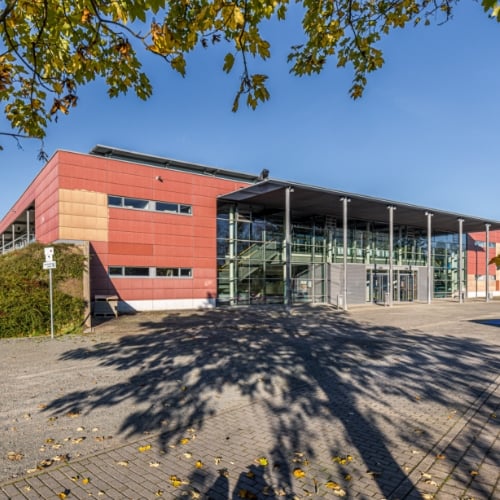
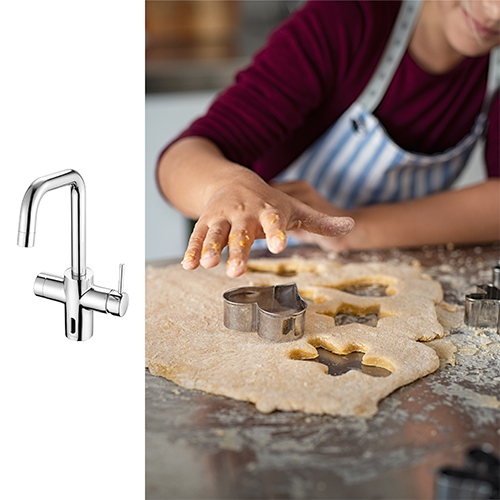

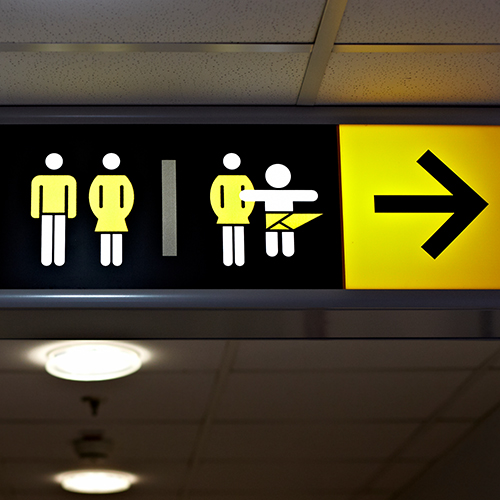
![[Translate to English:] [Translate to English:]](/fileadmin/user_upload/images/menu/menu_service_downloads_broschueren.jpg)
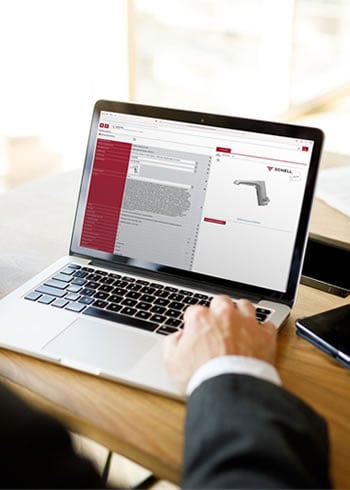
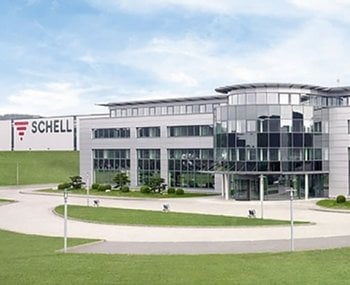


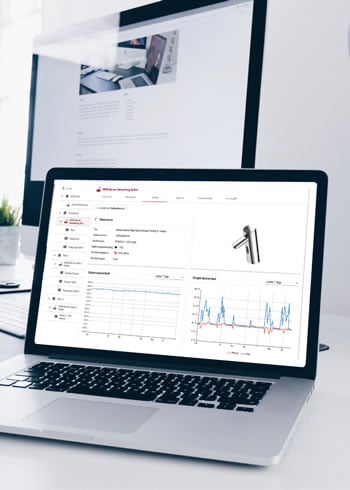
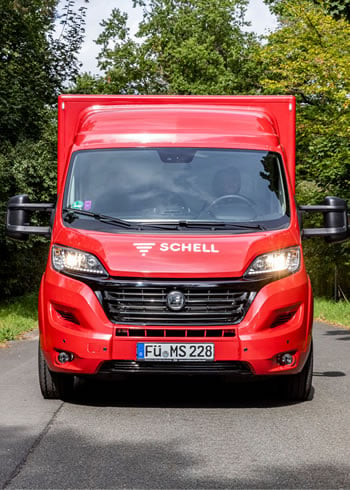

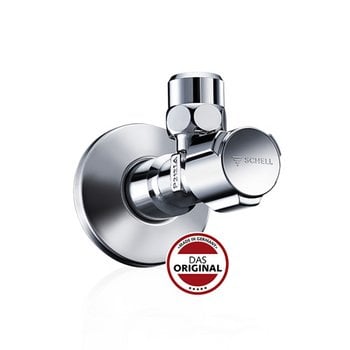
![[Translate to English:] [Translate to English:]](/fileadmin/_processed_/7/7/csm_menu_unternehmen_ueber-schell_awards_f6cec25b1d.jpg)
![[Translate to English:] [Translate to English:]](/fileadmin/_processed_/a/0/csm_menu_unternehmen_ueber-schell_wasser-sparen_41036d2dd9.jpg)


